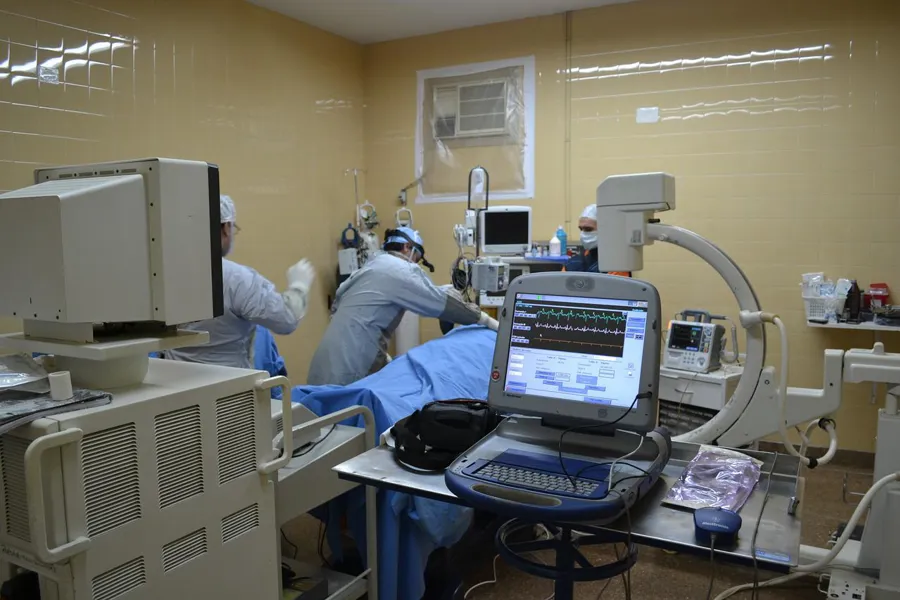Td as a potential biomarker
How to determine response to CRT has been debated over the past decades, and it has been argued that similar to drug treatment, one may accept various treatment effects in the population treated. However, left ventricular remodelling with ESV reduction at more than 6 months is a strong determinant for all-cause mortality and cardiovascular mortality after CRT. A viable approach for optimizing the LV lead position could be to target areas where Td shortens the most. Shortening of Td could be used to confirm effective resynchronization when selecting pacing sites based on classical criteria for placement, like interlead distance, Q-LV, late mechanical contraction, and scar location.

Cardiac resynchronization therapy (CRT) is beneficial to selected patients with a wide QRS complex and heart failure with improving survival rates, yet underutilized. Left bundle branch block in non-ischaemic cardiomyopathy is typically associated with better response, while unspecific conduction delay and ischaemic cardiomyopathy are associated with less beneficial effects, and CRT may increase and decrease mortality in different subpopulations. Only targeting subgroups with a higher likelihood of response may come at the cost of not treating patients with potential benefit, and targeting all patients with widened QRS complex will likely burden patients with detrimental effects. Therefore, it is of utmost importance to find selection criteria with incremental value beyond current guidelines to select suitable patients for CRT.
We tested the hypothesis that shortening of time-to-peak left ventricular pressure rise (Td) reflect resynchronization in an animal model and that Td measured in patients will be helpful to identify long-term volumetric responders [end-systolic volume (ESV) decrease >15%] in cardiac resynchronization therapy (CRT).
Prolongation of Td is associated with cardiac dyssynchrony and more wasted deformation during the preejection period. Shortening of a prolonged Td with CRT in patients accurately identifies volumetric responders to CRT with incremental value on top of current guidelines and practices. Thus, Td carries the potential to become a biomarker to predict long-term volumetric response in CRT candidates.
Read more in:
Shortening of time-to-peak left ventricular pressure rise (Td) in cardiac resynchronization therapy - PubMed (nih.gov)
Observational Study. ESC Heart Fail. 2021 Dec;8(6):5222-5236.
Hans Henrik Odland, Manuel Villegas-Martinez, Stian Ross, Torbjørn Holm, Richard Cornelussen, Espen W Remme, Erik Kongsgard
PMID: 34514746
PMCID: PMC8712829
DOI: 10.1002/ehf2.13601
Shared under a Creative Commons license CC BY-NC (Creative Commons — Attribution-NonCommercial 4.0 International — CC BY-NC 4.0)